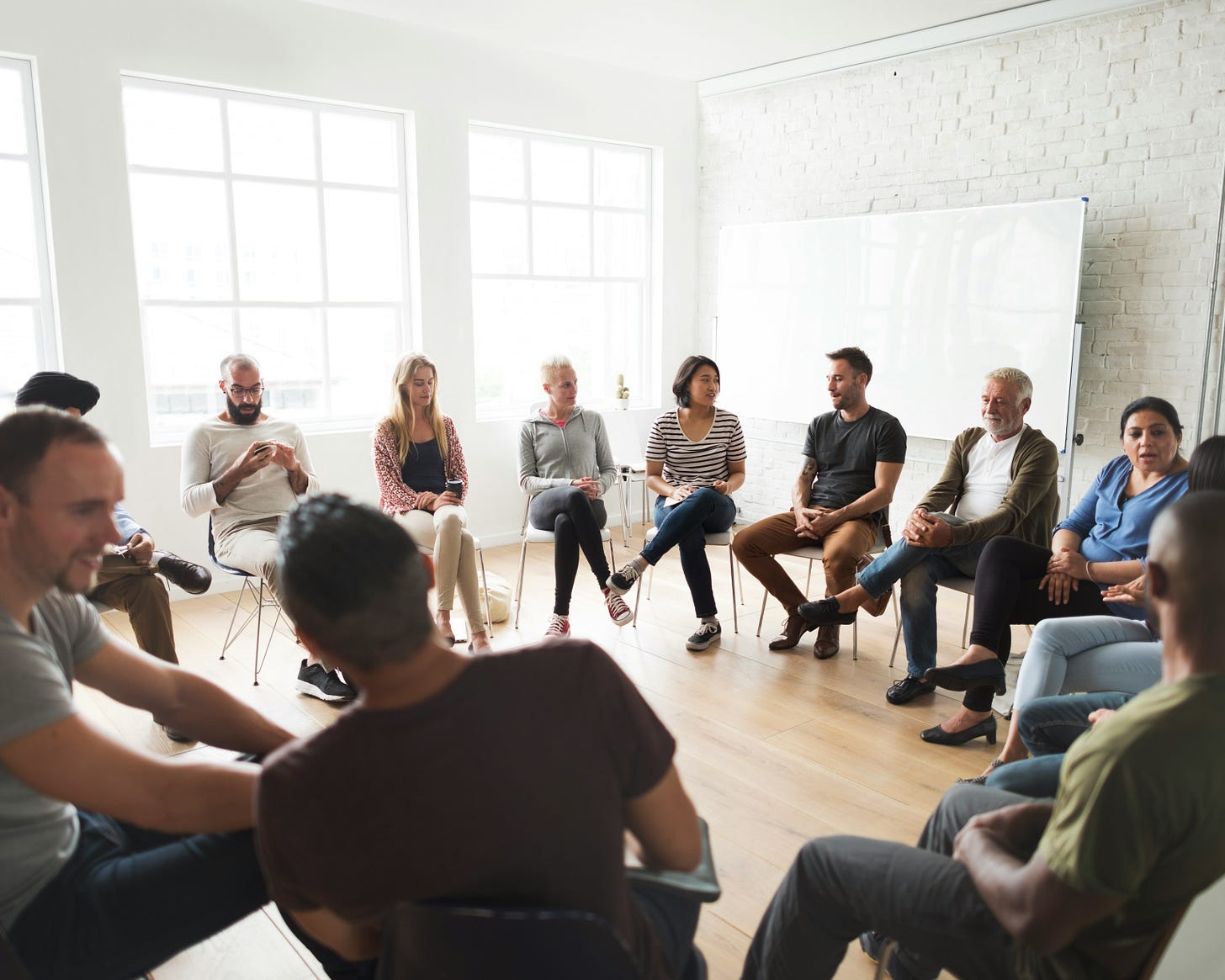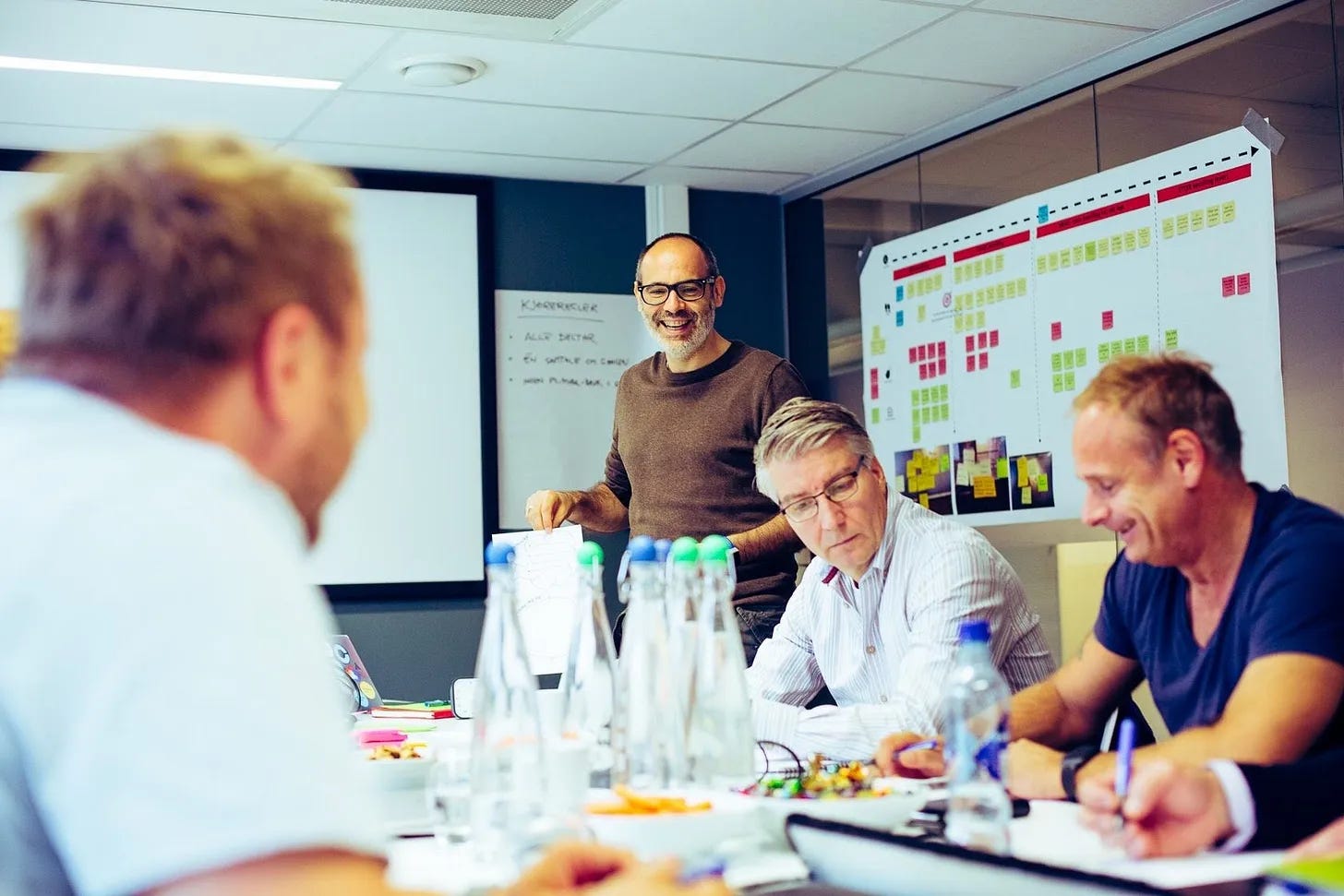Stop Guessing How to Work Together: Your Shortcut to Psychological Safety at Work
The Simple Team Exercise That Builds Collaboration And Trust in Under an Hour
Imagine starting a new collaboration and being handed a simple, clear guide on how to work best with each person on the team.
No guessing. No awkward trial and error. No “I wish I’d known that earlier.”
Just an open, honest, and practical roadmap for effective collaboration.
That’s exactly what a Personal User Manual does.
What Is a Personal User Manual?
A Personal User Manual is a self-reflective document that individuals create to help others understand:
Their strengths in collaborative situations.
What they need from others to do their best work.
Their expectations for teamwork.
Potential friction points and how to avoid them.
What motivates them and keeps them engaged.
It’s like a “How to Work with Me” guide, a short, human, and transparent way to reduce misunderstandings and set the stage for positive collaboration.
Why Create One?
The main goal is to build psychological confidence and trust within a team.
When people know each other’s working styles, triggers, and motivations, they can:
Avoid unnecessary conflicts
Adapt communication and collaboration approaches
Create a shared understanding of what “good collaboration” looks like
Focus more energy on achieving goals rather than navigating misunderstandings
When and Where to Use This Exercise
The Personal User Manual exercise works best in moments of team formation or transition, or whenever collaboration needs a boost. Some ideal situations include:
New team kick-offs – Starting a project or forming a new team? This is the perfect icebreaker to build connection quickly.
Onboarding new members – Helps newcomers integrate faster by understanding their teammates’ working styles from day one.
Cross-functional projects – When people from different backgrounds and departments come together, it reduces the risk of friction.
Remote or hybrid teams – Builds empathy and connection despite physical distance.
Leadership changes – When a new leader joins, sharing user manuals can shorten the “getting to know you” phase.
Team health check-ins – If collaboration feels strained or communication is breaking down, this exercise can reset and realign the group.
How It Works
The process is simple but powerful:
Each person fills out their own Personal User Manual
This covers sections such as:My greatest strengths and contributions in collaborative situations
My expectations in collaborative situations
This is what I need from the team to be at my best
What can get on my nerves when working with others
What people might misunderstand about me
What makes me motivated to work in this team
Share with the team
Everyone presents their manual in an open session.Discuss and connect the dots
This is where the real magic happens — teams explore patterns, spot potential challenges, and make agreements on how they’ll work together.
The Benefits for Teams
Faster trust-building – You remove the “trial and error” phase in new relationships.
Fewer misunderstandings – Everyone knows each other’s working preferences upfront.
Stronger psychological safety – Openness breeds confidence in each other’s intentions.
Better collaboration – Teams can adapt and support each other more effectively.
Pro Tip: Keep It Real and Human
A Personal User Manual isn’t a CV or a formal contract.
The more authentic and honest you are, the more valuable it becomes.
Include quirks, preferences, and even the small things that make your workday smoother — these often make the biggest difference.
Facilitation Guide: How to Run a Personal User Manual Workshop
Time needed: 60–90 minutes (depending on team size)
Ideal group size: 4–12 people
Step 1 – Preparation (Before the workshop)
Share the Personal User Manual Template with participants.
Ask them to fill it in before the session (be clear that honesty is encouraged).
Step 2 – Opening the session (10 minutes)
Explain the purpose: to build trust, improve collaboration, and prevent misunderstandings.
Set ground rules: confidentiality, respect, curiosity, and no judgment.
Step 3 – Sharing personal user manuals (30–50 minutes)
Each participant presents their manual (5 minutes each).
Encourage clarifying questions after each presentation.
Step 4 – Group reflection (15–20 minutes)
Discuss patterns: What common needs or strengths do we see?
Identify potential friction points and how to prevent them.
Agree on team “working agreements” based on insights.
Step 5 – Close and commit (5 minutes)
Summarize the key agreements.
Thank everyone for their openness.
Store the manuals somewhere accessible to the team.
In short:
The Personal User Manual is a simple, structured way to create a shared understanding of what each person needs for effective collaboration.
It’s not just about productivity, it’s about making collaboration more human, more trusting, and ultimately more successful.
💡 Bonus: Download the ready-to-use Personal User Manual Template and try it with your team today.
I hope this post, made sense and you found it useful.
If “HELL YEAH!”, please like it and share it in social media so more people can get can also benefit from it :-)
I would also appreciate if you subscribe, and give some comments here if you wonder something and want to give me some feedback. I would love to read your input here!
If you have a Substack yourself and like my content, I would love for you to recommend “Facili-station” to your subscribers.
Have a nice one!!
Looking for a coach?
In service of those who serve others.
Leadership is hard. Whether you're stepping into management or leading an entire organization, the challenges are real: confusing, overwhelming, and sometimes isolating.
I offer tailored 1:1 or team coaching to help you move forward with clarity and confidence. I’ve walked in your shoes, and I’ll work with you to build the resilience and relational skills needed to lead well, beyond just the work.
If this sounds like what you need, let’s talk. Email me at jose@facilistation.com to book a free discovery call. Because coaching isn’t expensive. Staying stuck is.
Looking for a facilitator and workshop designer?
If you need a workshop designer and facilitator to help you or your team to solve challenges, find solutions, make decisions, and to be more effective an perform better and faster, or a trainer to teach your team on how do this, please contact me at jose@facilistation.com
My workshops are designed to provide the structure required to quickly align and move forward with a plan or idea so you can reclaim time, energy and headspace.





